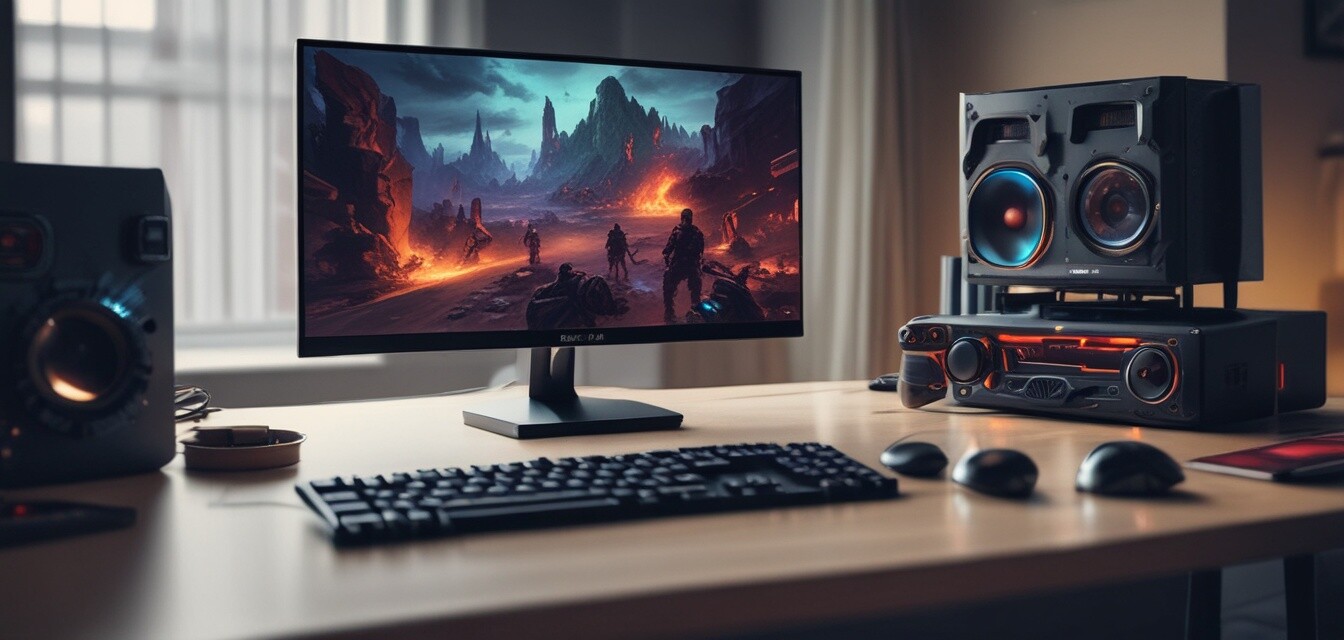
Optimizing Your Home Wi-Fi for Gaming
Key Takeaways
- Prioritize wired connections for stability.
- Adjust your router placement for best signal coverage.
- Use QoS settings to optimize bandwidth for gaming.
- Regularly update router firmware for optimal performance.
- Consider extending your network with additional devices for larger spaces.
When it comes to gaming, a stable and fast internet connection can make all the difference. Whether you are battling it out in an online tournament or exploring vast open worlds, lag can ruin your experience. This guide will provide practical tips on optimizing your home Wi-Fi to enhance your online gaming experience.
Why Wi-Fi Matters for Gaming
Wi-Fi performance can greatly impact your gaming sessions. High latency, dropped connections, and slow speeds can lead to frustrating moments in games. Understanding how to improve your Wi-Fi setup is essential for any gamer. Let's dive into some effective strategies.
Tips for Optimizing Your Wi-Fi Connection
Beginner's Section: Quick Tips
- Wired Connections: Whenever possible, use Ethernet cables to connect your gaming devices directly to the router for the best performance.
- Router Placement: Place your router in a central location in your home to optimize coverage.
- Bandwidth Management: Use Quality of Service (QoS) settings in your router to prioritize gaming traffic.
- Firmware Updates: Keep your router’s firmware up to date to ensure it operates with the latest optimizations.
- Network Extenders: Consider using Wi-Fi extenders or mesh systems for larger homes to ensure solid coverage everywhere.
Understanding Your Internet Speed
Your internet speed is key to smooth gaming. Here’s a simple breakdown of the different speeds and their relevance:
| Speed (Mbps) | Usage |
|---|---|
| 1-3 Mbps | Basic web browsing, not suitable for gaming. |
| 4-8 Mbps | Casual gaming with minimal lag. |
| 10-25 Mbps | Good for online gaming and some streaming. |
| 25+ Mbps | Optimal for competitive gaming and high-quality streaming. |
Router Settings to Optimize Gaming
Configuring your router settings can lead to vast improvements in your online gaming experience. Here are crucial settings to consider:
Pros
- Reduced latency during online gaming.
- Enhanced connection stability.
- Better overall gaming performance.
Cons
- Complicated for beginners to configure.
- Potential for misconfiguration leading to issues.
Quality of Service (QoS)
QoS settings allow you to prioritize gaming traffic over other applications. A properly tuned QoS setting can effectively minimize lag by ensuring that your gaming packets are sent first. To set up QoS, follow these steps:
- Access your router's settings through its IP address.
- Locate the QoS setting in the menu.
- Set your gaming device(s) to a higher priority.
Change the Channel
Wi-Fi signals can overlap, causing interference. Use a Wi-Fi analyzer app to find less congested channels:
- Access your router settings.
- Look for the wireless settings.
- Select a new channel that is less crowded.
Wireless vs. Wired Connectivity
While wireless setups provide convenience, they can introduce lag compared to wired connections. The table below compares both options:
| Feature | Wireless | Wired |
|---|---|---|
| Flexibility | High, use devices anywhere within range | Low, limited to cable length |
| Speed | Variable, depending on congestion | Consistently high with little interference |
| Installation | Quick and easy | Requires more effort and planning |
| Latency | Higher, more prone to lag | Lower, preferred for competitive gaming |
Conclusion
Optimizing your home Wi-Fi for gaming is essential to ensure a smooth and enjoyable experience. Whether you choose to use wired connections or focus on enhancing your wireless setup, following the tips above can significantly improve your gaming performance. Don’t forget to check out more tips on our [Buying Guides](/blog/buying-guides) page, which includes valuable information to keep your gaming gear up to speed.
Further Reading
For more on gaming gear and optimization, check these helpful articles:
